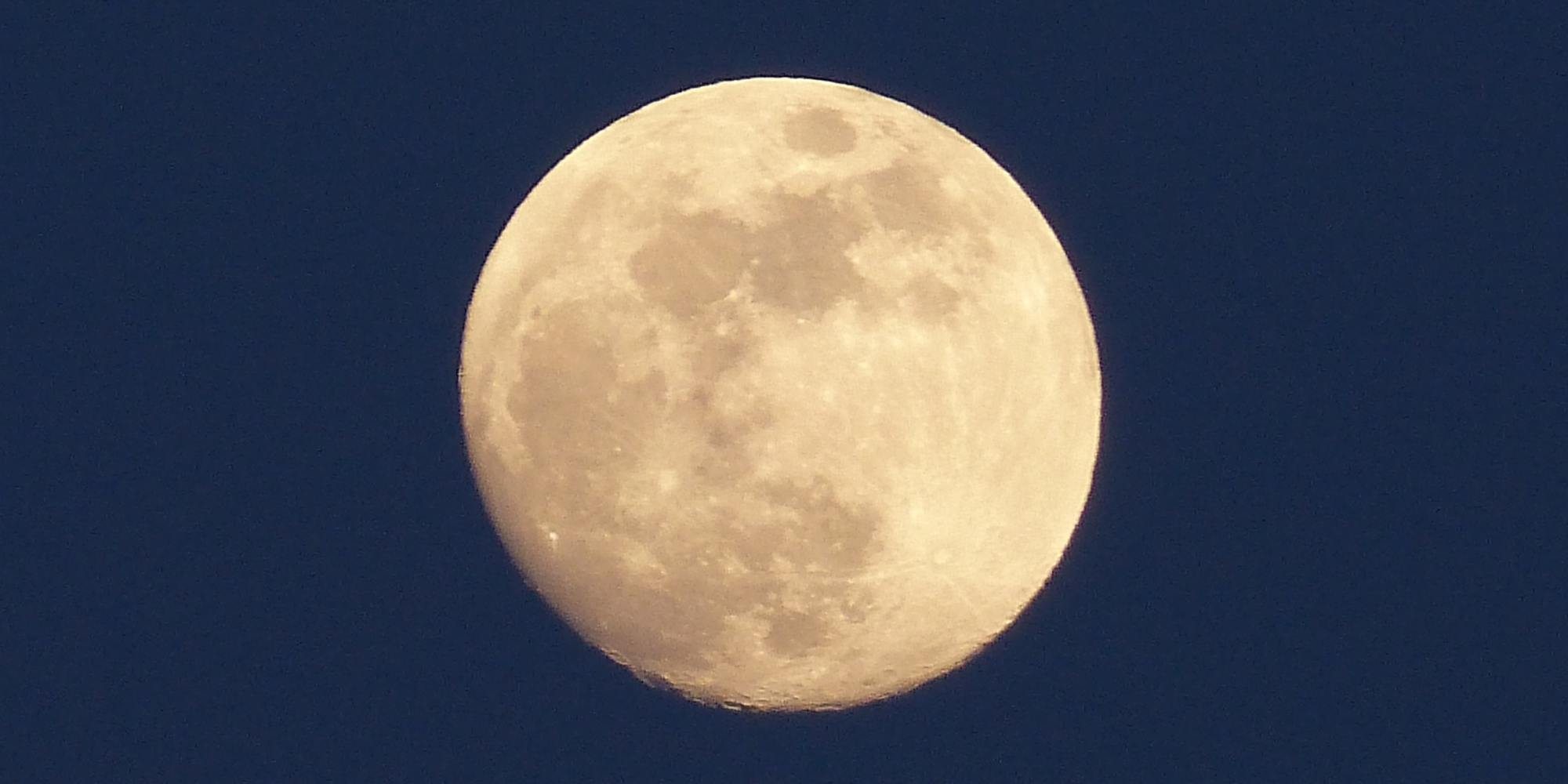Scientists from the Massachusetts Institute of Technology (MIT) have presented a new hypothesis based on advanced computer simulations that explains why some lunar rocks are highly magnetic.
The moon’s magnetic field is about 100 times weaker than Earth’s, yet traces of a former, stronger field have been recorded in samples brought back to Earth by Apollo astronauts and in data from orbital probes. This is particularly true of rocks on the far side of the moon from Earth.
New research published in Science Advances suggests that this phenomenon may have been caused by a powerful asteroid impact that formed the Imbrium impact basin. Simulations conducted by Isaac Narrett’s team at MIT assume that the Moon had its own weak magnetic field at the time – about 1 microtesla.
The collision created a cloud of plasma, which partially dispersed into space, but partially moved around the Moon. On the opposite side of the Moon, the plasma was compressed, leading to a short-term, local strengthening of the magnetic field. The entire process lasted only about 40 minutes, but, according to researchers, this was enough for the rocks to register the impulse.
In addition, the asteroid impact caused a pressure wave, similar to a seismic shock, which reached the other side of the Moon. According to scientists, it could have “shaken” the electrons in the rocks at the exact moment of the magnetic field strengthening, which led to the permanent magnetization of these rocks.
This discovery not only helps explain the mystery of lunar magnetism but also provides new information on how powerful impacts can affect the magnetic fields of celestial bodies. The research was supported by NASA.
Source: Science in Poland, Science Advances.








